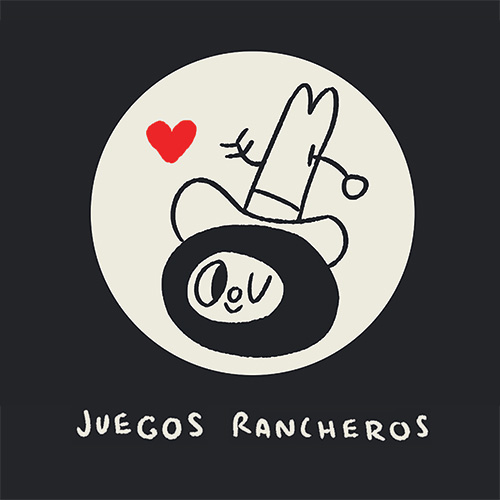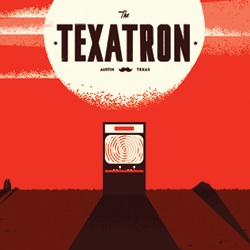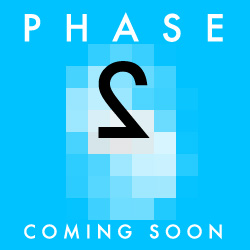TOUCH ME I’M SLICK: NGMOCO/HAND CIRCUS’S ROLANDO
If I didn’t think it’d be unfair to all parties involved, I’d simply title this one “why Rolando isn’t LocoRoco,” say my peace and be done — but it would be, so I won’t. But I will say, since it’s the laziest comparison and being used as a pejorative, that it clearly isn’t, and here’s why:
Yes, both games feature tilt mechanics (a feature better suited to the iPhone, for obvious reasons). And yes, as such, both feature balls, an understandable choice since those are the types of things that roll on inclines (and a design choice made for this type of game since someone first dropped a marble inside a wooden labyrinth).
And both, true, have chosen bold, high-contrast artwork that cutely personifies the movable objects. This is for a number of reasons: the more adorable the object, the more emotional connection, and the more we care whether or not it haphazardly rolls into spikes. The higher the contrast, the easier it is to follow the action, especially when you’re literally twisting and moving the screen in front of your face.But that’s where the similarity starts and stops, because LocoRoco is fundamentally a game about momentum and indirect influence, rather than overt control. You play as the world on which the LocoRoco rests, not as the character itself.
You don’t have the power to make LocoRoco jump, you only can build planetary momentum enough to give it a gentle oomph from beneath (note that you can’t even directly rejoin split Locos back together, instead only suggesting that they should and waiting for them to follow suit), and the game is always happy to fling and whisk you somewhere else entirely at its discretion.
Rolando has done none of that, it simply has made the same wise design decisions excellent games before it have, and so has come out an exemplary model of what, hopefully, the next new wave of iPhone games will become, entirely able to stand alongside handheld counterparts.
What’s pleasantly surprising about the game is that it’s much more strategic than you’d expect, as opposed to a test of dexterity. Most levels are about ensuring a scattered and multi-talented group of Rolandos can work together to reach the exit, or, in its even better moments, escorting hapless royalty there (a rotund King in a permanent sleep that must be guide-rolled, or an attention deficient Prince who never stops moving unless bound by two tightly formed Rolandos).
Rolandos can be targeted and moved individually or as a group, but, importantly, stand firm when deselected, allowing for (with the help of very finely tuned controls) much more precise and precarious puzzling as you get deeper into the game. To the extent that you do have control over the world, rather than its characters (the Rolandos address you, deity-like, as Finger), it’s only in pushing specific buttons or twisting specific levers: the rest is up to them.
And it’s that multilayered interplay that truly sets the game apart: a constant mental push/pull juggle between interacting as a Rolando, as Finger, as a group, and always with a unique challenge ahead of you.
All of that’s not to mention the more obvious joys: the sandbox title screen, the bonus levels — which, now it’s safe to say, do borrow from Taito’s 360 degree ball-roller Cameltry — the replayable multiple challenges per level (time, diamond collecting, and returning all Rolandos safely), Mikko Walamies‘ art (the bit-tongue concentration of the spiky Rolando a particular favorite) and the downtempo jazz of Mr. Scruff.
Together, it’s made a true iPhone original: a game that will make non-owners jealous, and a game we wouldn’t want anywhere else.
Rolando homepage [ngmoco]
See more posts about: Hand Circus, Mikko Walamies, Offworld Originals, Rolando, Touch Me I'm Slick






